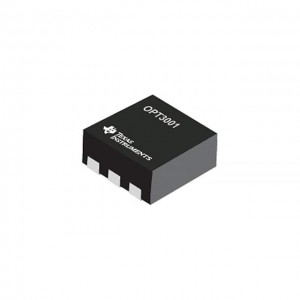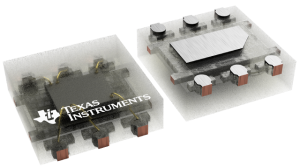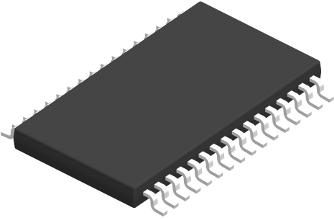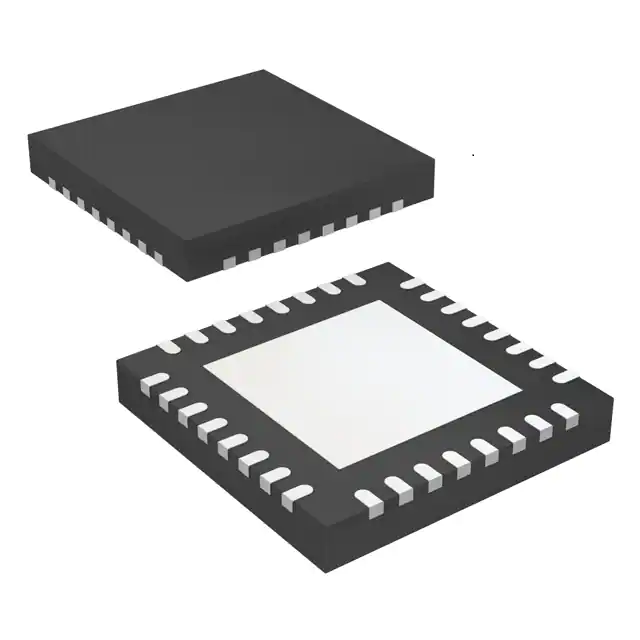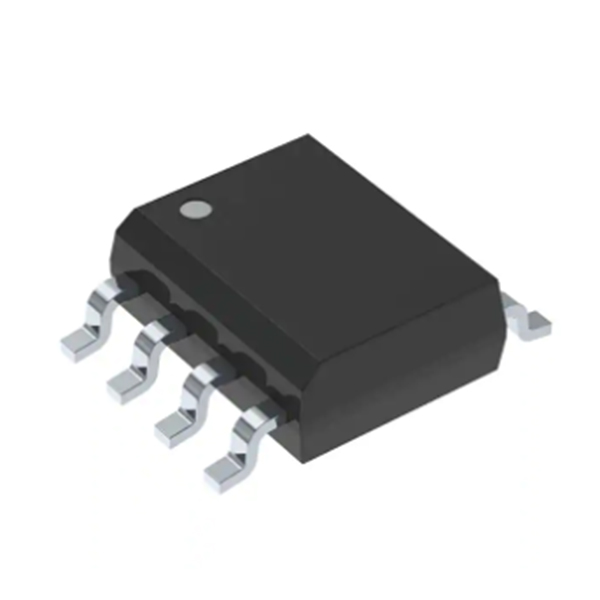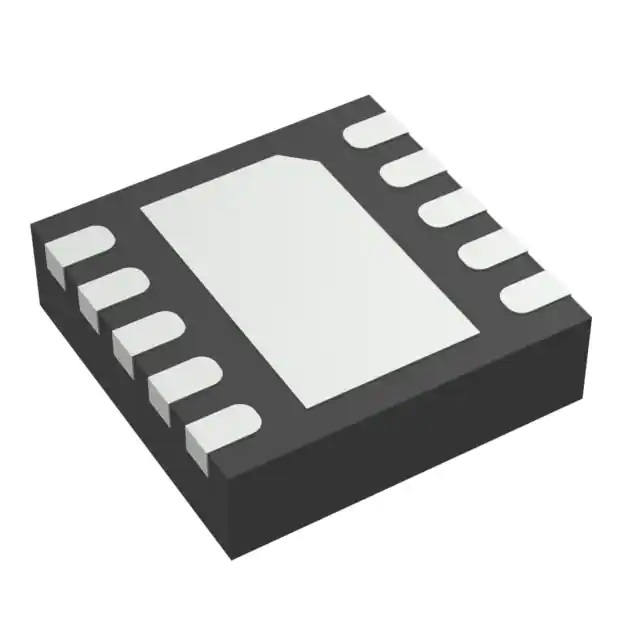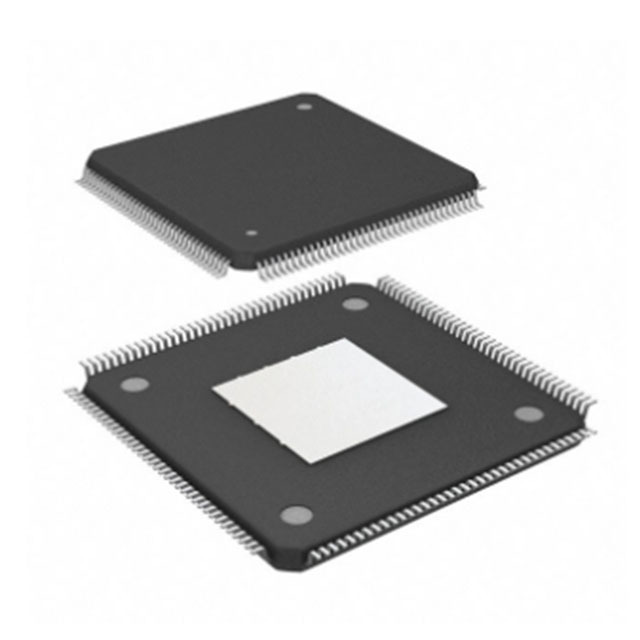Electronic Components Supplier Integrated Circuit LM2904 ADS8341E/2K5 OPT3001IDNPRQ1 TPS79101DBVRG4Q1 ic chip
Product Attributes
| TYPE | DESCRIPTION |
| Category | Sensors, Transducers |
| Mfr | Texas Instruments |
| Series | Automotive, AEC-Q100 |
| Package | Tape & Reel (TR)
Cut Tape (CT) Digi-Reel® |
| SPQ | 3000T&R |
| Product Status | Active |
| Type | Ambient |
| Wavelength | 550nm |
| Proximity Detection | No |
| Output Type | I²C |
| Voltage - Supply | 1.6V ~ 3.6V |
| Operating Temperature | -40°C ~ 85°C |
| Mounting Type | Surface Mount |
| Package / Case | 6-UDFN Exposed Pad |
| Supplier Device Package | 6-USON (2x2) |
| Base Product Number | OPT3001 |
1.What is bonding (chip bonding and bonding)
bonding is a way of bonding in the chip production process, generally used to connect the internal circuitry of the chip to the package pins with gold wire before packaging, and generally after bonding (i.e. after the circuitry is connected to the pins) the chip is encapsulated with a black gel while using the advanced outer packaging technology COB ( ChipOnBoard), this process is to have tested the epitaxial wafer implanted into the special circuit board, then the epitaxial wafer circuit connected to the circuit board with gold wire, and then melted with a special protective function of organic materials covered with epitaxial wafers to complete the post-encapsulation of the chip.
2.What is a semiconductor?
Let's start with what a semiconductor is. From a material point of view: a semiconductor is a material with conductive properties between those of a conductor and an insulator at room temperature. Like in everyday life, copper and aluminum wires are conductors, while rubber and the like are insulators. In terms of electrical conductivity: a semiconductor is a material with controlled electrical conductivity, ranging from insulator to conductor.
Four properties of semiconductors.
The discovery of semiconductors can be traced back as far as 1833, when Faraday, the British scientist, and father of electronics, was the first to discover that the resistance of silver sulfide varied with temperature differently from that of ordinary metals, which was the first discovery of the semiconductor phenomenon.
But a summary of the properties of semiconductors was not completed until December 1947 by Bell Laboratories.
The temperature rises, and resistance falls: the resistance of a semiconductor decreases as the temperature rises, but, in general, the resistance of a metal increases with temperature.
Photovoltaic effect: the junction formed by contact between a semiconductor and an electrolyte produces a voltage when exposed to light.
Photoconductive effect: the conductivity of a semiconductor increases in the presence of light.
Rectification effect: the conductivity of a semiconductor is directional and related to the direction of the electric field applied. Add a positive voltage to the ends of a semiconductor and it is conductive; if the voltage polarity is reversed, it is not conducive.







